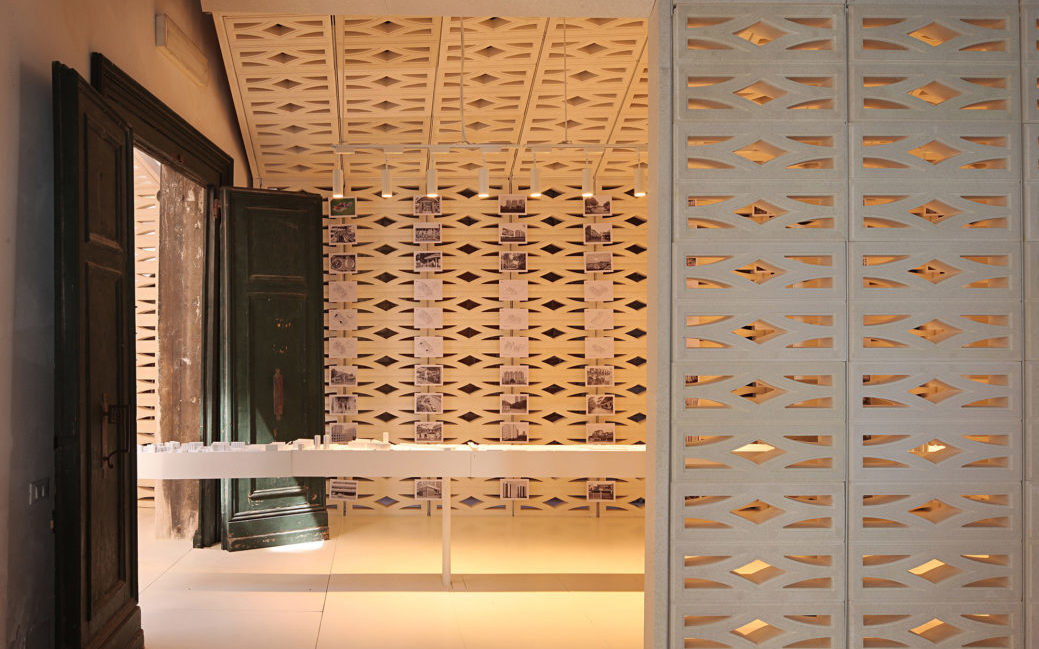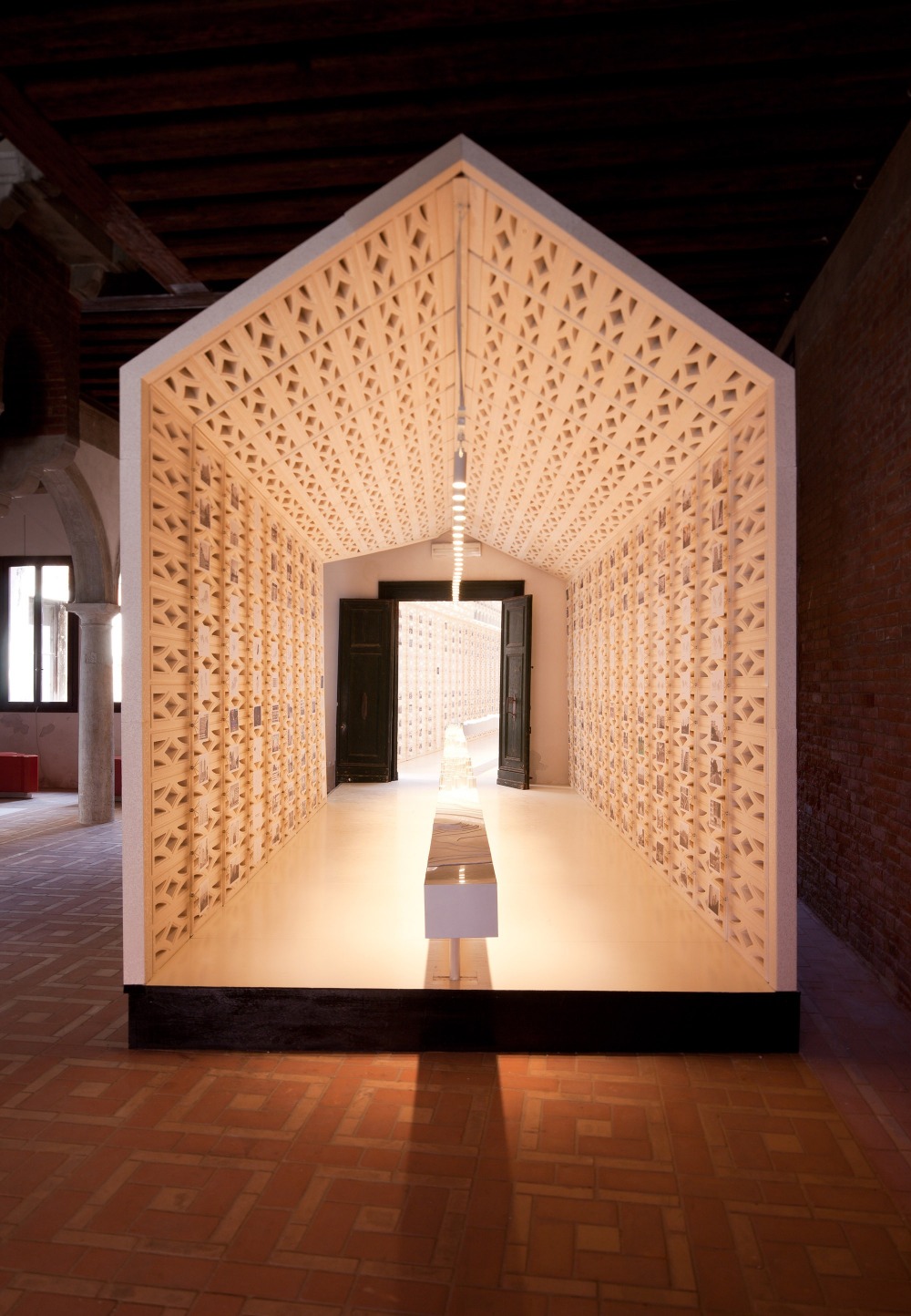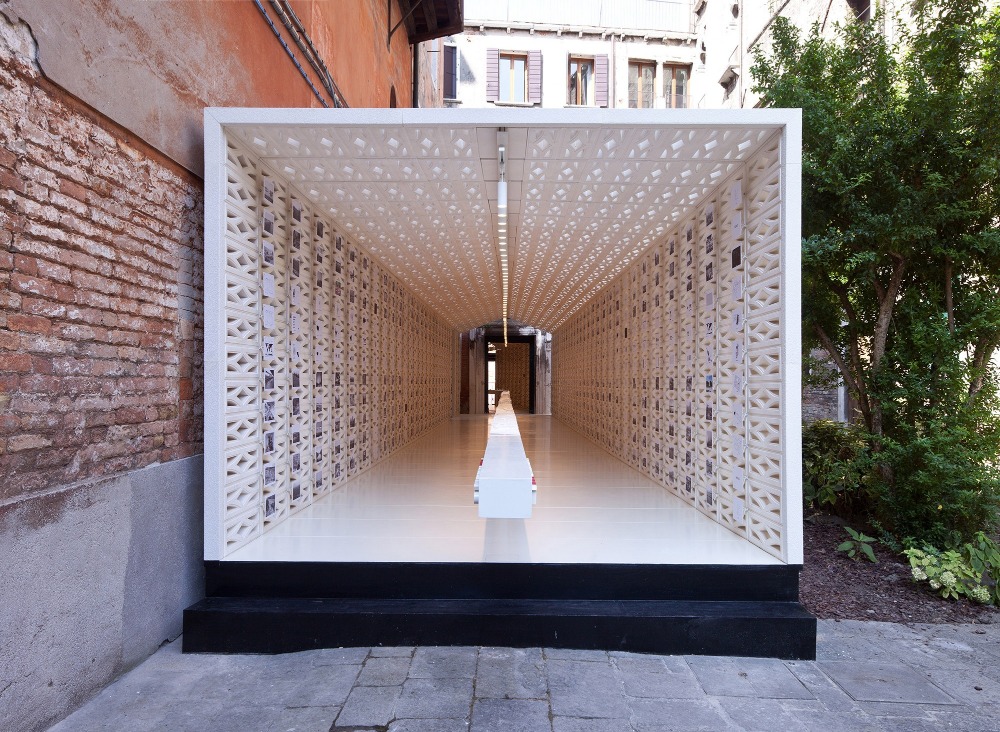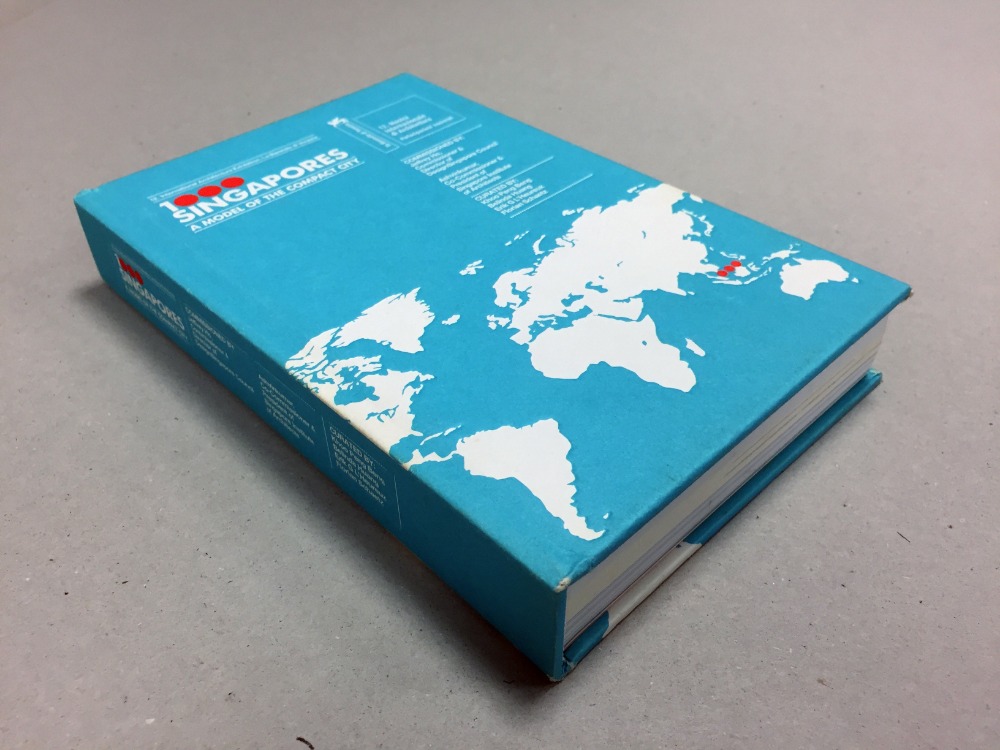Research by Design

Venice Biennale 2010 | 1000 Singapores: A Model of a Compact City


Belinda Huang Wan Jing Agnes, Curator
Assistant Prof Erik G. L’Heureux, Curator and Designer
Assistant Prof Florian Schaetz, Curator and Designer
Thesis Studio 2009/2010
Assistant Prof Erik G. L’Heureux
Diong Fuhan
Kenneth Koh Qibao
Loo Bo Yan
Ma Xiao
Yang Han
Hanson Ho, Creative Director
Sean Lam, Creative Director
Jason Chan, Designer/Developer
Prime Tambayong
Wong Rouwan
Chen Kian Wee
Chen Yanyi
Kao Shu Lian Konnie
Quek Li-En
Wu Huei Siang
Tan Yong Shen
Duc Duy Ngyuyen Hoang
Singapore Institute of Architects
This exhibition represented Singapore at the 12th International Architecture Exhibition (La Biennale di Venezia) held between 29 August to 21 November 2010 in Venice, Italy. It was conceptualised and created by a multidisciplinary team for the DesignSingapore Council and the Singapore Institute of Architects (SIA).
In response to exhibition curator Kazuyo Sejima’s theme, People meet in architecture, the team decided to showcase Singapore as a model of a compact city, postulating that “1000 Singapores can house the entire world’s population using only 0.5 per cent of the Earth’s land area”.
“We wanted the exhibition to be a thought model: to imagine and think through novel ideas of densities, inhabitation, architecture, planning, ecology and environment, and how settlement patterns impact the world we live in,” says the design team.
1000 Singapores put together a thousand architectural diagrams and images around a 35-metre long scaled model of a section through the length of Singapore from west to east. This showcased the citystate’s people and its varied urbanscape, including industrial estates, public housing, financial district and nature reserves. The images and the model were housed in a tube made up of a thousand components inspired by the vernacular ventilation blocks found in traditional shophouses. The tube began as a rectangle and changed into a profile of a house with a pitched roof, corresponding to Singapore’s public to private housing ratio of 83 per cent to 17 per cent. A book and an interactive website were also created to complement the exhibition.
The overall design aimed to showcase Singapore in a calm, academic manner, yet highly accessible to a larger audience. The presentation mode was also deliberately kept analogue, instead of making use of extensive digital technology. The design team explains: “This choice of presentation style is by design, in counterpoint to the often loud, technologically exuberant exhibitions that seemingly obscure the complexities of the topics at hand.”
Its biggest challenge in designing this exhibition was the short time-frame. It was fortunate that its members were “passionate, diligent and committed” to see this project come to fruition in just a matter of weeks. To aid the process, the team made use of existing research done by the staff of the National University of Singapore (NUS) and also enlisted the help of its students. “In some ways, time forced us to be extremely focused, direct, and clear,” says the team. “Without which, the exhibition would have never made it to Europe.”
Another challenge was figuring out how to ship the exhibition to a relatively restricted site — a renaissance palazzo in Venice. The team used the limitations in dimensions and weight as references for its design. For example, using the floor-toceiling height of a typical public housing interior helped create a modular dimension that would fit into a shipping container. The custom ventilation block was also crafted out of a lightweight recyclable material so it could be easily moved around, and allowing the exhibition to return to Singapore to be recycled.
The project would not have been successful without the collaborative spirit of its clients and their constant feedback. “As an experiment of thoughts, 1000 Singapores was direct, bold, and might even be controversial,” they say. “However, with the support of, and the in-depth discussions and feedback from DesignSingapore Council, SIA, NUS, Housing & Development Board and the Urban Redevelopment Authority, we were able to test and refine the exhibition direction and make it accessible to an international audience.”
The team would also like to add that 1000 Singapores was inspired by the city-state’s many layers and faces, an attribute unique to it. “Singapore is full of places, things and ideas, many of which are hidden, requiring exploration, curiosity, and thinking,” they say. “This sense of discovery and uncovering is a wonderful value Singapore possesses; it is where ‘people really meet in architecture’.”
